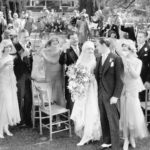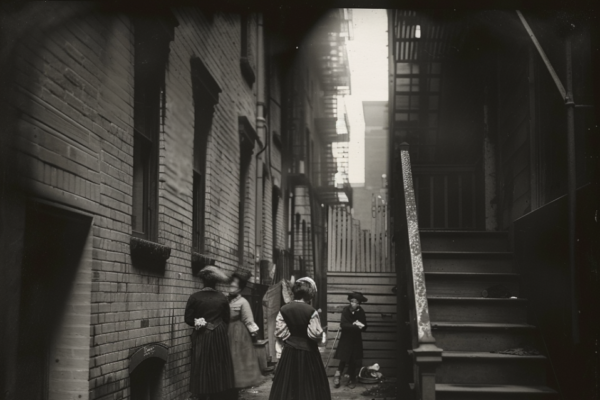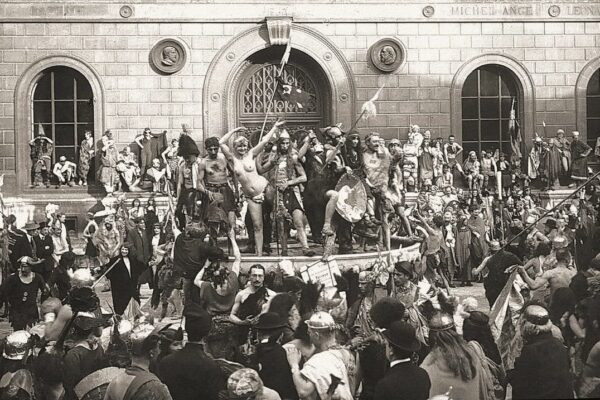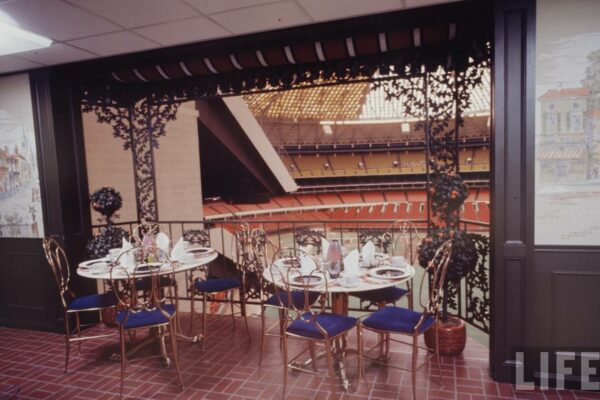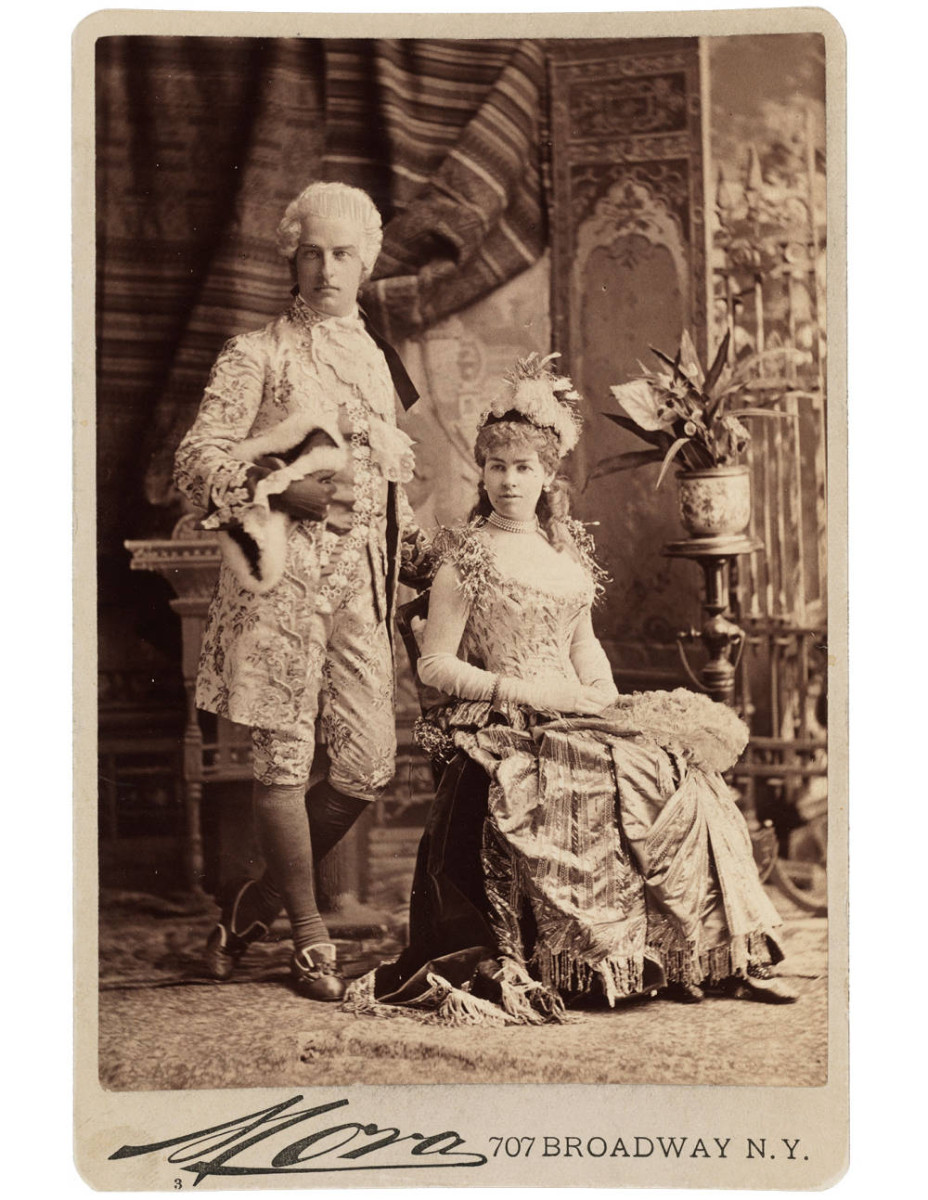
Like they do at prom, the guests of the 1883 Vanderbilt fancy dress ball each had the opportunity to have their photo taken at the event of the year, or perhaps the century. All of New York’s elite society turned up at the Fifth Avenue mega mansion dressed as pirates, goths, animals, gypsies and other inventive and slightly ridiculous get-ups.
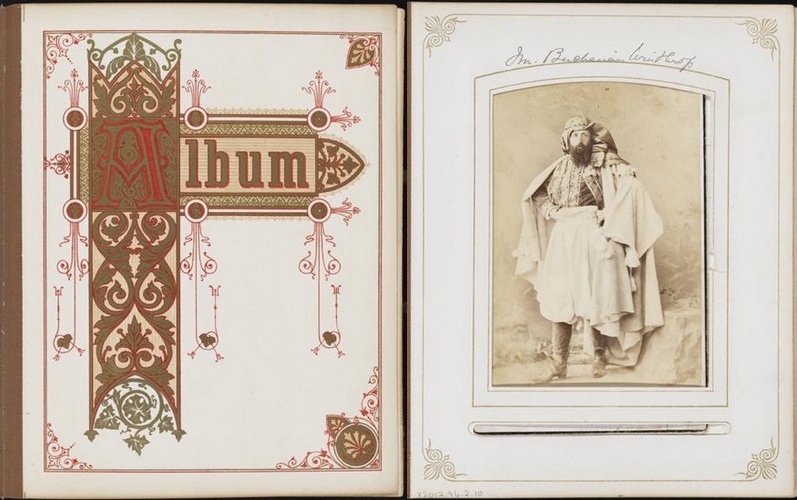
Invites had been hand delivered by uniformed servants and the press had been invited beforehand to take exclusive photographs of the decor and build the hype. The Vanderbilts were trying to flex their muscles for New York’s high society, particularly Mrs. Alva Vanderbilt, the new ambitious wife of William Kissam Vanderbilt, grandson to Cornelius “Commodore” Vanderbilt, the shipping and railroad mogul who had struck it rich after the Industrial Revolution.
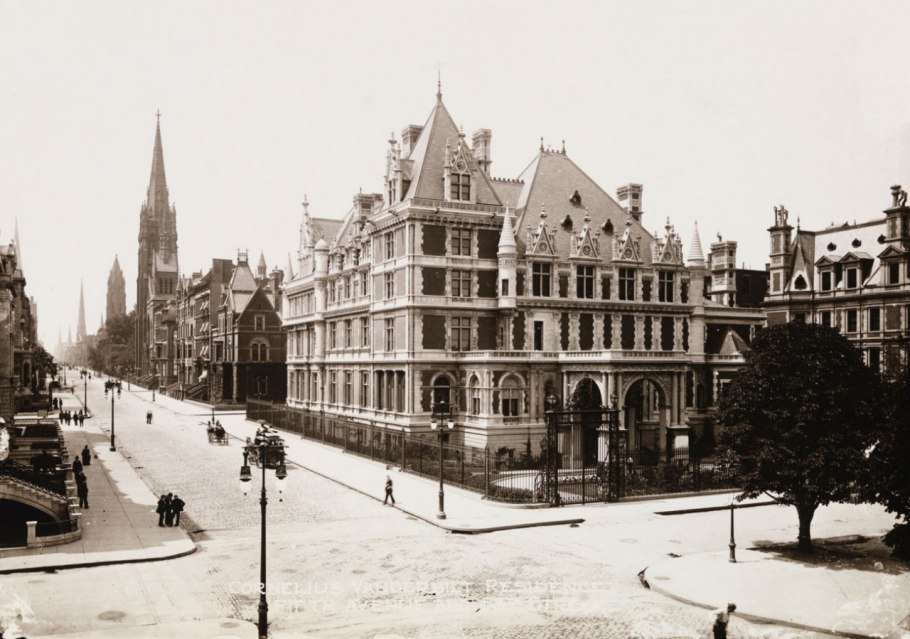
The Vanderbilt home on Fifth Avenue
To society snobs of the day, such as the Astor family, the Vanderbilts were still “new money”. When an infamous “list of 400” was circulated by Mrs. Astor (aided by social arbiter Ward McAllister), identifying the people who could be counted as members of New York’s “Fashionable Society” amongst the vastly increasing rich families of the Gilded Age, the Vanderbilts were deliberately left off the list.
Mrs. Astor did not receive an invitation to the Vanderbilt ball. Nor did her daughter Carrie Astor, who had been excitedly preparing her costume and dancing skills for weeks. When all their friends received invitations except for them, Mrs. Astor was going to have to do some grovelling.
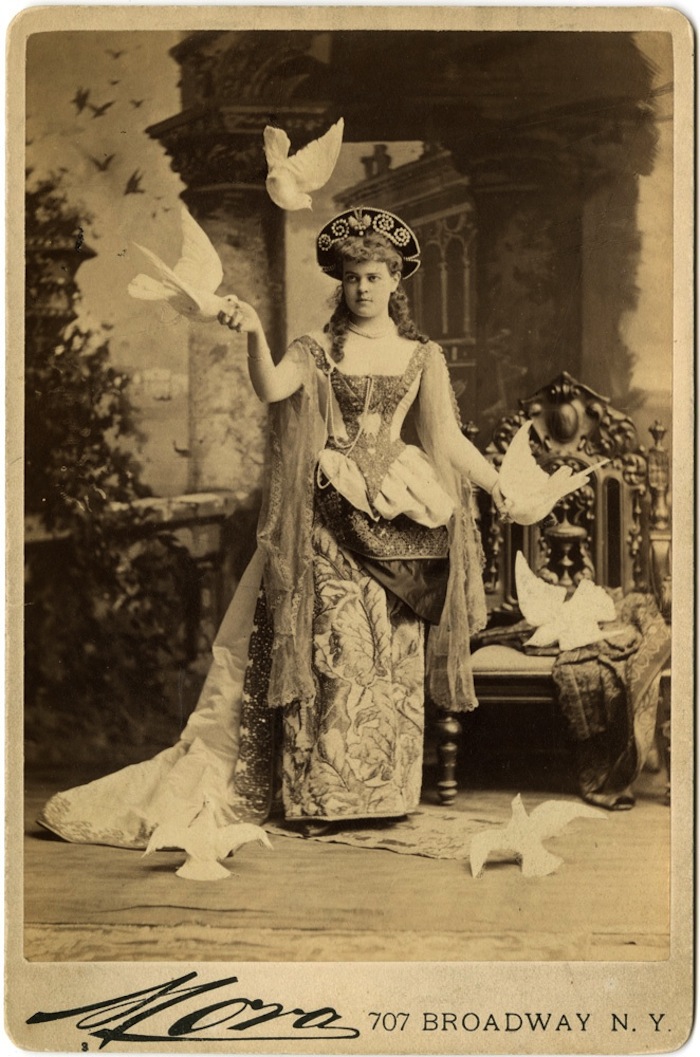
As the gossip stories go, Alva (pictured above) claimed that since Mrs. Astor had never called on the Vanderbilt home on Fifth Avenue to introduce herself formally, she had no address to send an invite. Mrs. Astor begrudgingly dropped in on the French chateau style mansion that overshadowed all the other luxurious homes on the street and left her visiting card. The following day, the Astor’s received their invite.
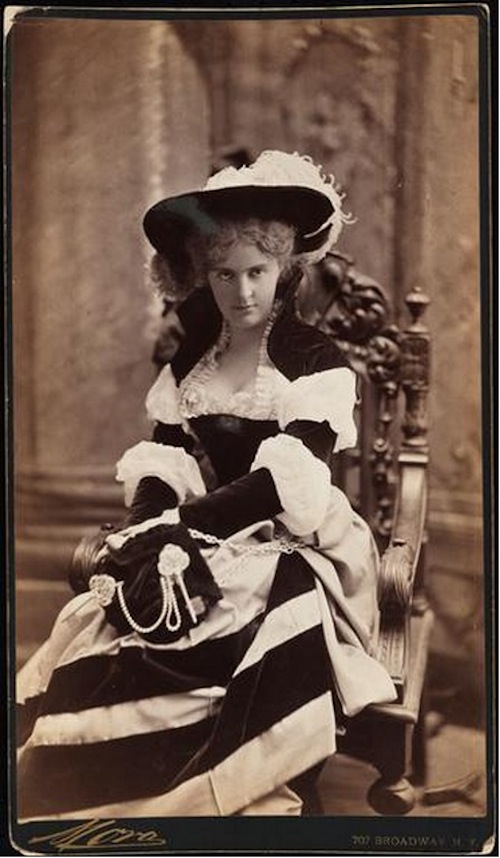
Festivities kicked off at the stroke of ten, as some 1200 New York socialites arrived in carriages. Police reportedly had to hold back gathering crowds outside the home to witness the party of the century unfolding and catch a glimpse of society’s “It girls” in their outrageous costumes.
The Museum of the City of New York has its hands on the photo album, which probably won’t look anything like your Facebook album from that epic party you went to one time…
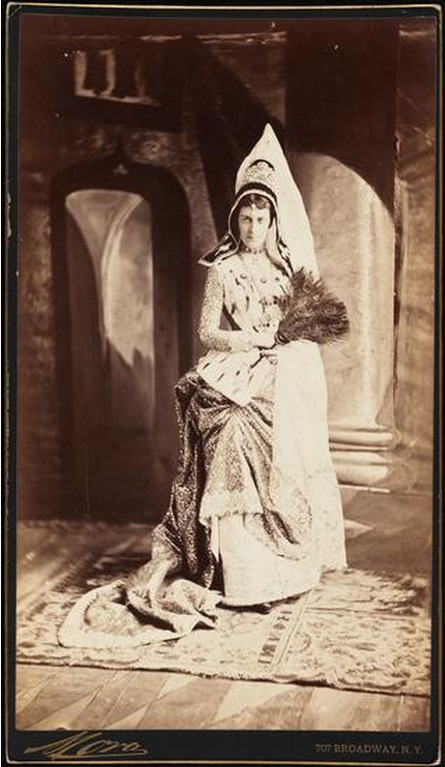
Alva Vanderbilt’s sister in-law (pictured below) showed up as a hornet, probably the earliest version you’ll find of the common kid’s bumble bee costume today.
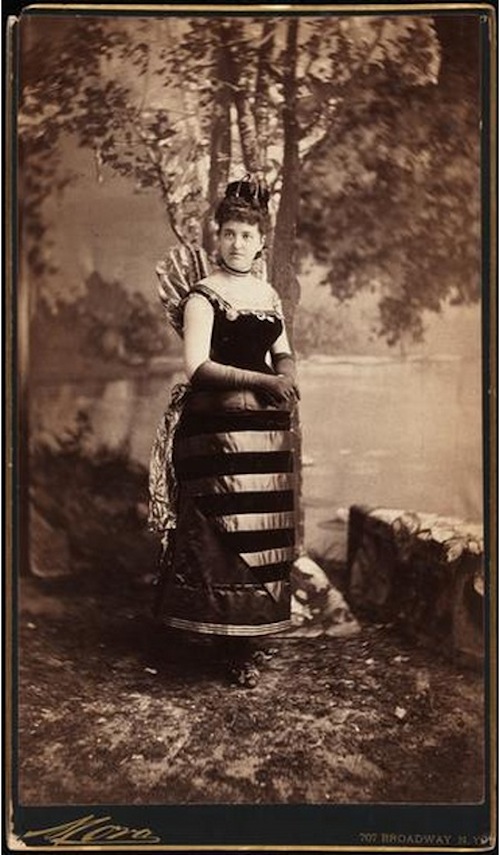
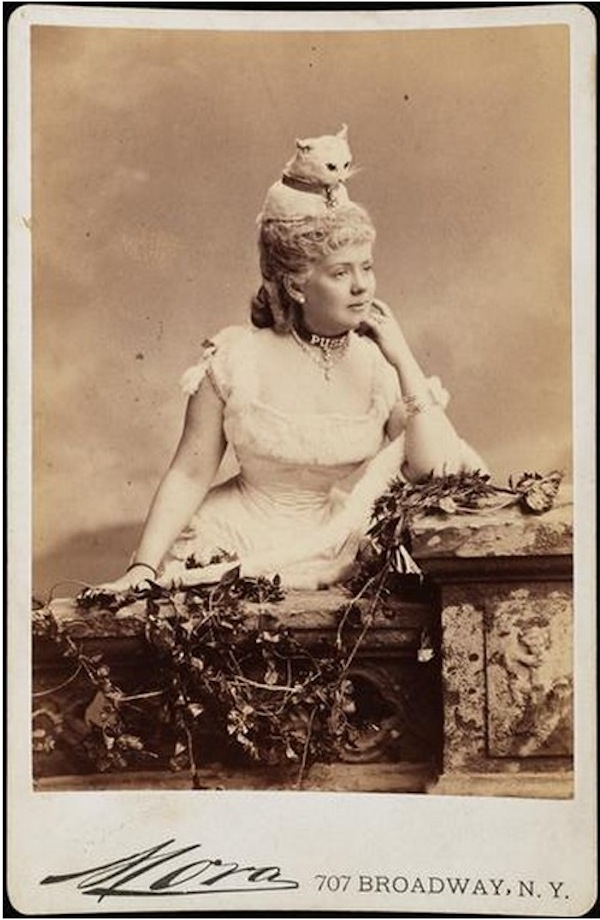
Another guest, Miss Strong (pictured above), fondly known amongst her circle as “Puss”, came with a dead stuffed cat on her head and cat tails sewn onto her skirt. Mrs. Cornelius Vanderbilt’s dress lit up from a battery-powered torch hidden under her skirt, representing an “Electric Light”.
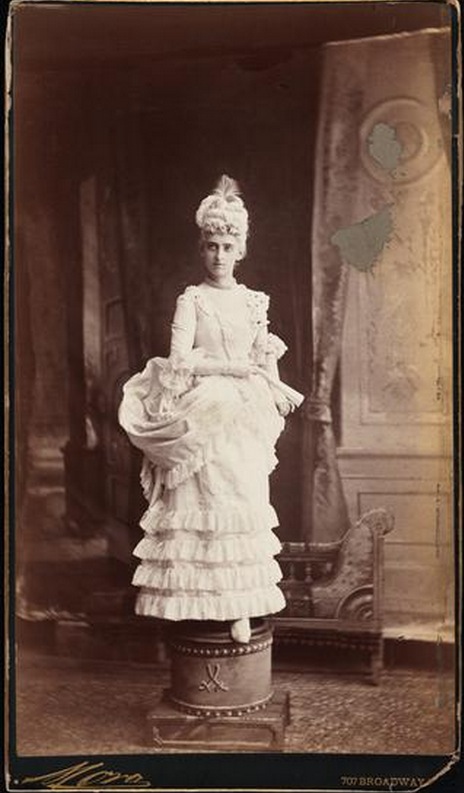
An entire group of socialites arrived made up as living porcelain dolls and the New York Times described a Miss Bessie Webb’s costume as “a red satin dress with black velvet demon embroidered on it… trimmed with demon fringe, ornamented with the heads and horns of little demons.”
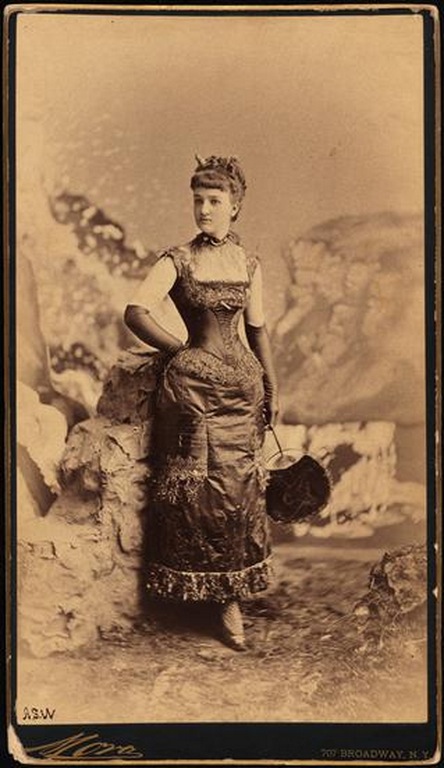
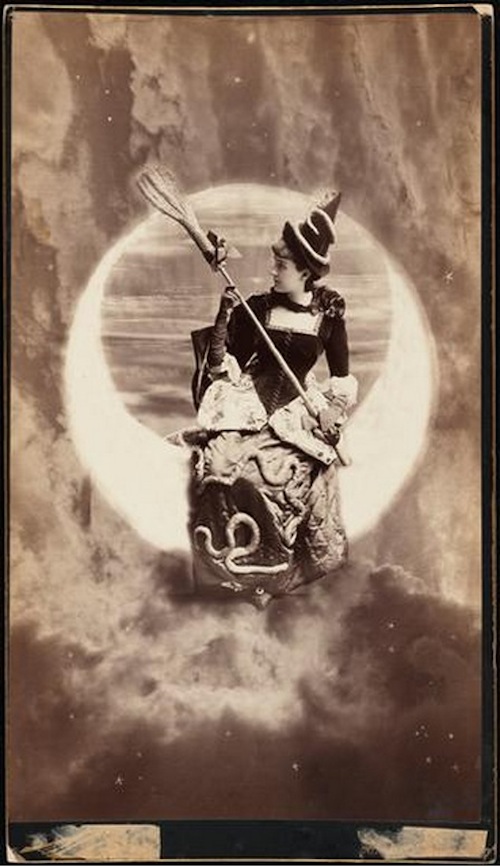
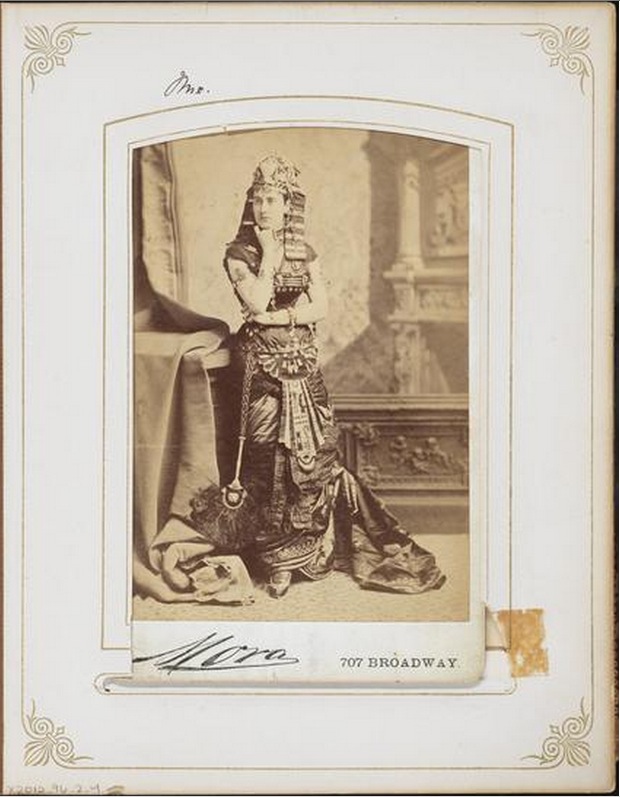
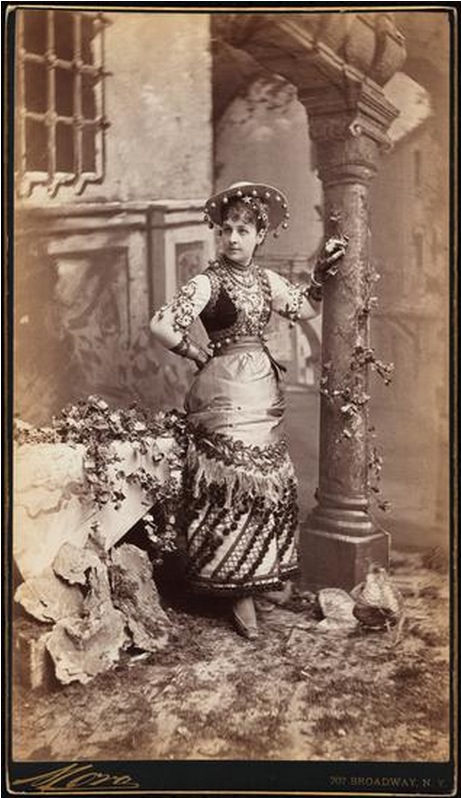
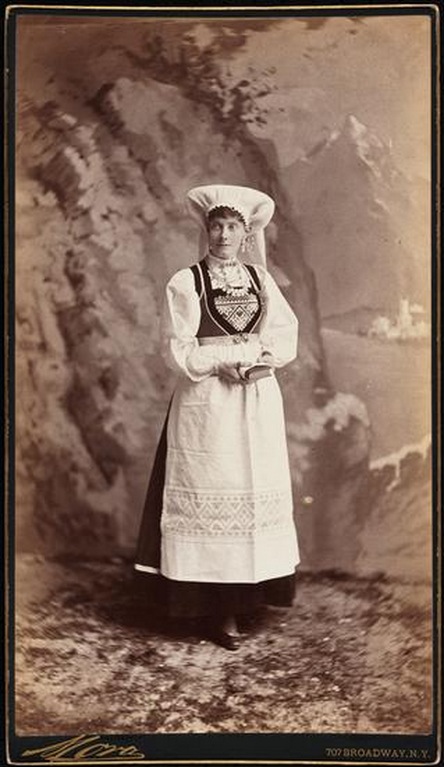
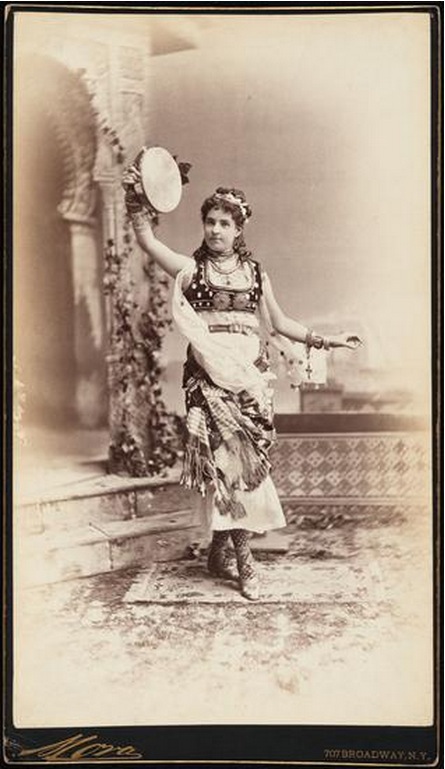
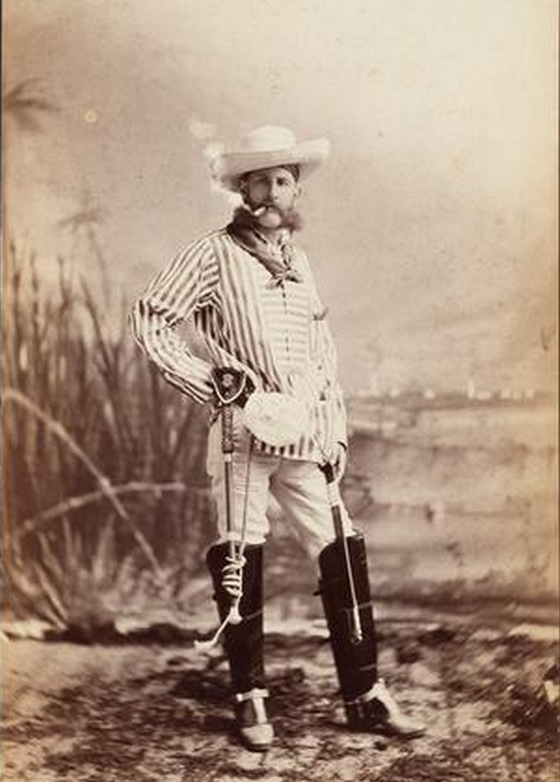
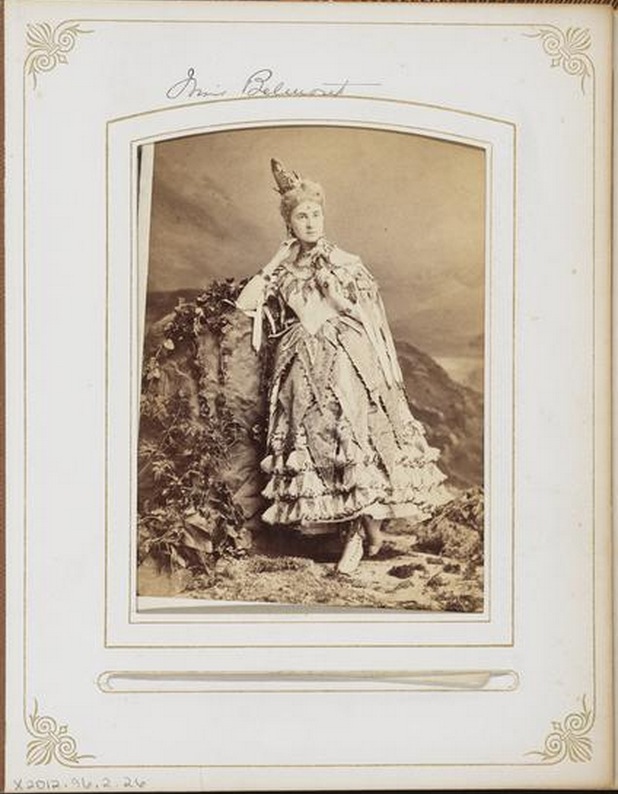
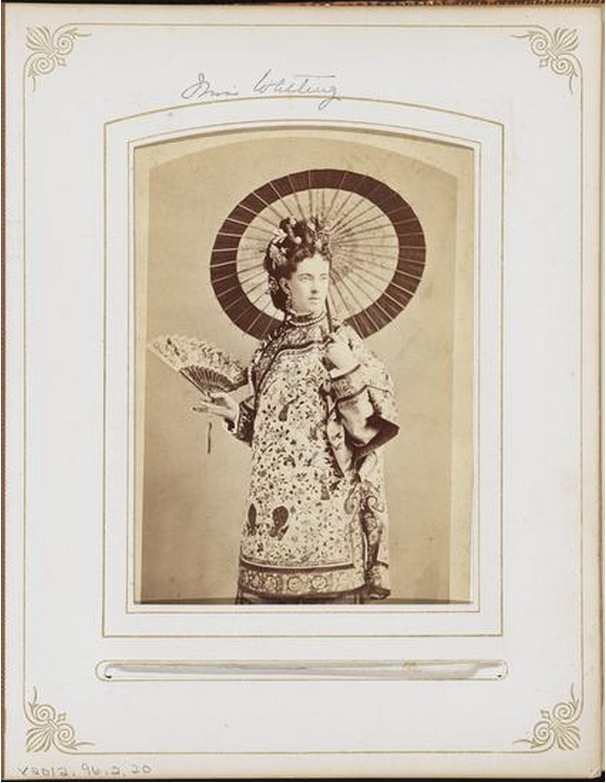
A debaucherous party it surely was, costing an estimated $6 million in today’s money, with roughly a million of that being spent on the champagne alone. It might be worth noting here that in 1973, the Vanderbilts held a family reunion. Not one of the 120 decedents were millionaires at the time.
Dinner for the Vanderbilt ball wasn’t served until 2am by an army of servants and dancing continued until sunrise.
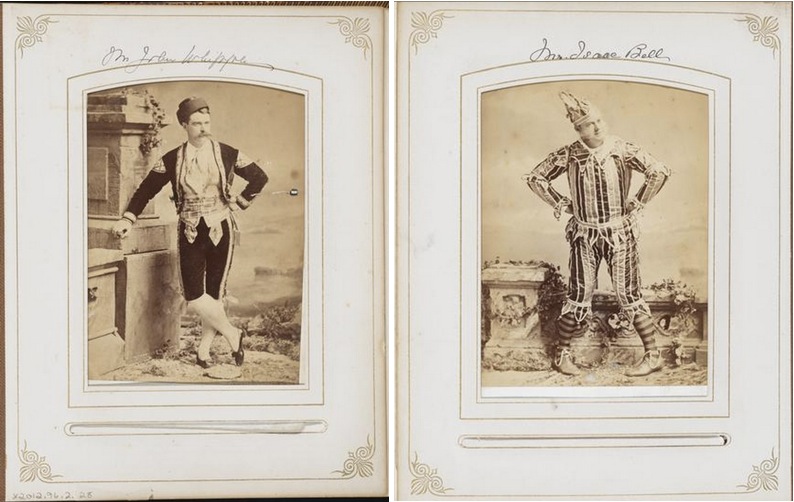
So, any weekend plans?!




